
I’ve only started paying attention to Godox gear this year and I’ve mostly been impressed. They may not be a big brand name but they’re putting some thought into their gear and their pricing is pretty reasonable. With this in mind, I thought I’d try their 80cm and 120cm umbrella octagon softboxes for speedlights.
On ebay you should be able to find the 80cm for around $AU25-30 and the 120cm for $AU45-50 (including postage). Expect to pay a little extra if you buy one with a matching honeycomb grid. Godox sell a range of different softboxes for different flash mounts so if you’re buying one, make sure it’s an umbrella octagon softbox for speedlights and not some other non-collapsible softbox for mounting onto a studio flash.
This octabox is pretty simple: it’s a fairly deep silver-lined umbrella with a white diffusing panel that velcros on to the front edge. The umbrella shaft is shorter than for your standard reflective umbrella because it sits entirely inside the umbrella. You then unzip a slit in the side of the umbrella to poke your light stand through. Of course, you’ll need some kind of umbrella mount on your stand and you’ll probably find it easiest to mount the umbrella on the bracket by opening the white front panel temporarily. Once it’s secure you can replace the white panel and then zip up the slit around your stand.
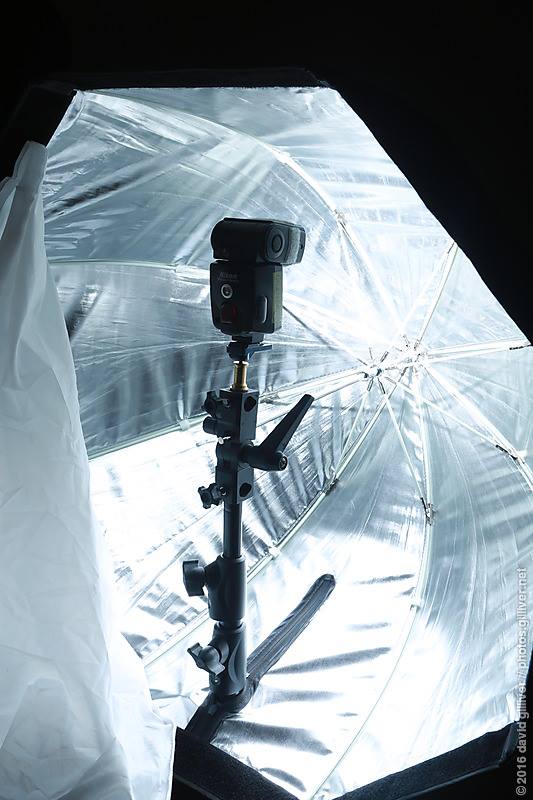
You can use a conventional umbrella bracket on a stand but that doesn’t seem like the best solution for this octabox. It leaves the speedlight sitting high and close to one side of the umbrella. Ideally you’d have the speedlight mounted closer to the umbrella shaft so that the light can hit the center and spread out more evenly. This is a simple problem to solve if you already have a Godox s-type bracket which keeps the flash head close to the shaft.
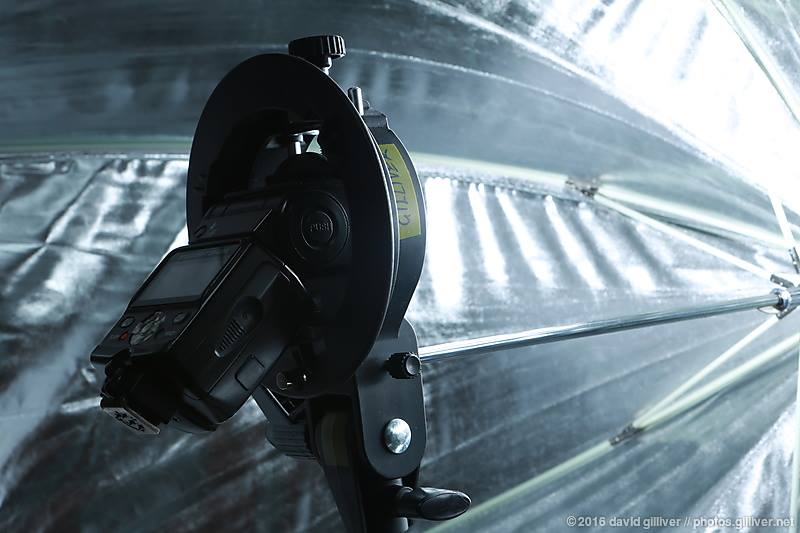

A potential issue is the restricted tilt angles available. If you want to place the octabox high and point it down, you’re limited by the size of the slit. For maximum flexibility, it’s probably best to mount the umbrella on a boom sideways and then you can easily point it directly up or down by rotating the boom arm. It is probably also worth trying to use a radio triggering system that allows you to adjust flash power from the camera/trigger to avoid having to open the front white panel every time you want to adjust a speedlight setting.
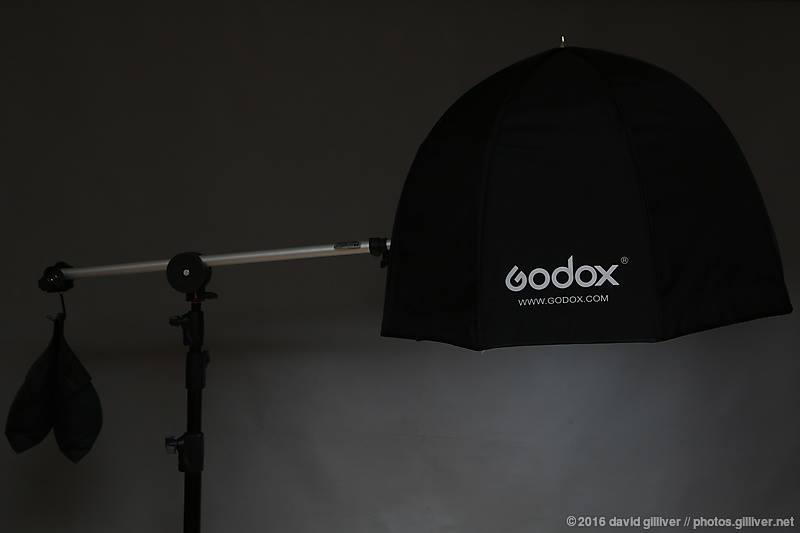
I’m not usually a big fan of reflective umbrellas because the light tends to be more directional than a softbox. A small change of angle can make a significant change to the light. This is less of a concern with these umbrella softboxes because of the white panel on the front, but you can still see the effect of the silver lining if you close down the camera aperture.The problem with putting large modifiers on any light is you lose a lot of power as the light spreads out. With powerful studio lights, this might not be a big concern, but when you’re working with speedlights you don’t have a lot of power to spare. If you’re in a semi-dark studio you’re probably fine because you can just dial your film speed out to ISO400 or beyond. If you’re trying to balance bright sun then you might find yourself in trouble, especially with the larger 120cm version of this octabox.
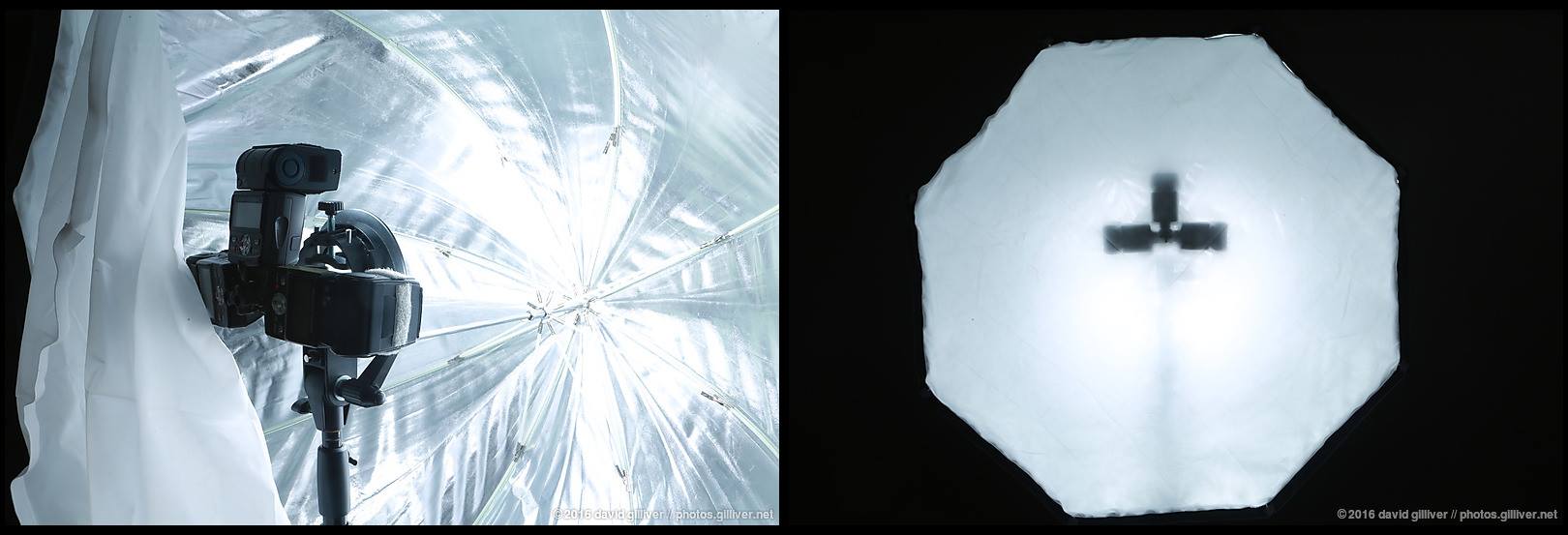
I did setup the 120cm octabox with the Godox S-FA attachment for mounting multiple speedlights. Adding an extra speedlight at the same power level would give me another stop of light. Adding 2 more speedlights would give me another stop. As it turns out, using 4 isn’t possible because the 4th would normally hang down below and the umbrella shaft or light stand get in the way of that (this would happen with any umbrella mounted on this bracket). Using the bracket with 2 or 3 speedlights is fine but it does mean the flash heads are mounted a little further away from the shaft. You can at least swivel the flash heads to deal with that.
If you want maximum control of the light, you can attach a (optional) honeycomb grid to the generous amount of velcro on the front edge of the umbrella. I like to have grids for all of my softboxes as they give me a little more control.
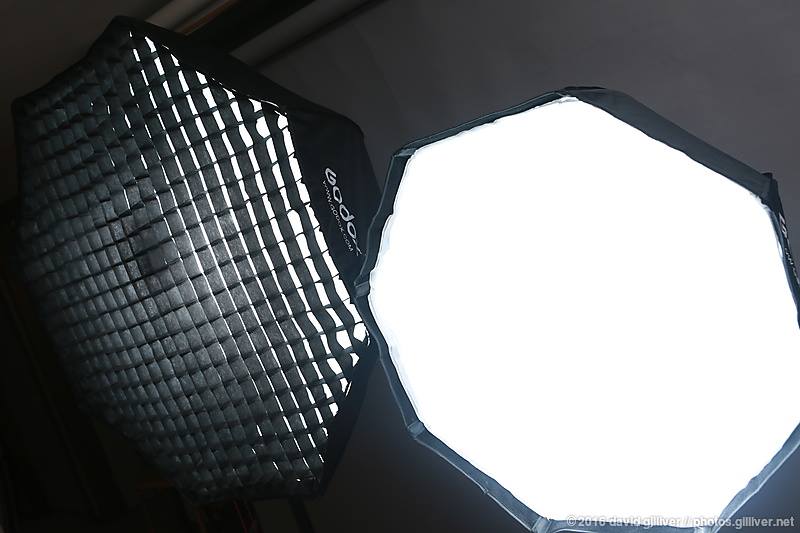
Pros:
- fast and easy to setup
- packs away for easy transport
- great value for money
- can be used without front panel as a silver umbrella
Cons:
- the light output isn’t as evenly diffused as a dual layer softbox
- limited angles of rotation when mounted vertically on a light stand
- requires boom for maximum control of the angle/position
- the softbox needs to be opened to change flash settings or change batteries
- best used with a Godox s-type bracket to position the speedlight in the centre
That might make it sound like I don’t recommend buying one of these but if you already have a s-type bracket and some kind of boom (as I do), these are hard to pass up in terms of value for money. Like any light modifier, when using them it’s important to understand how they work and what they’re capable of.
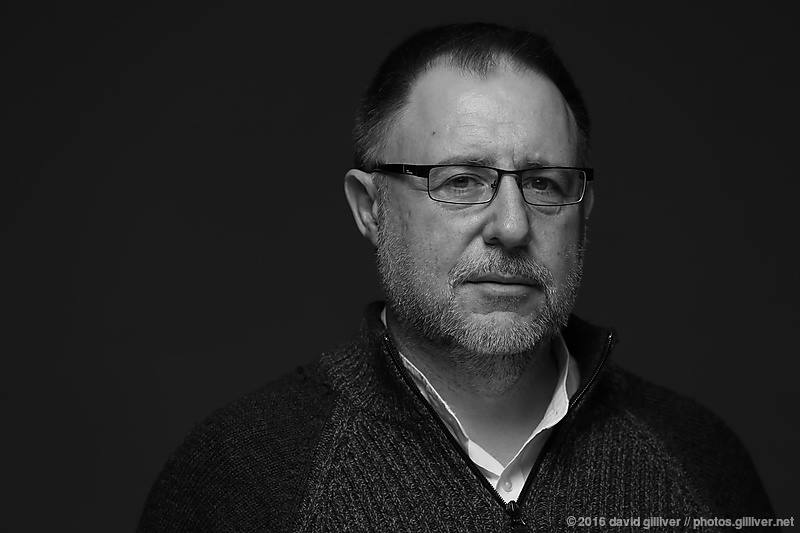
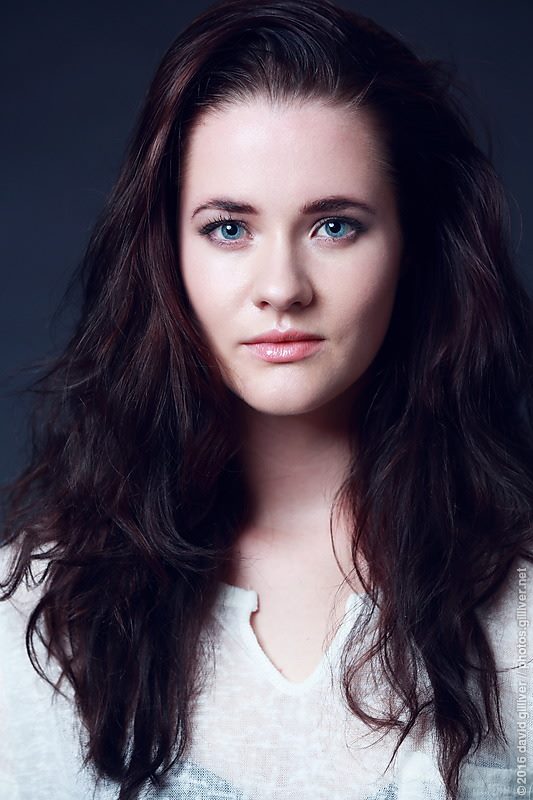
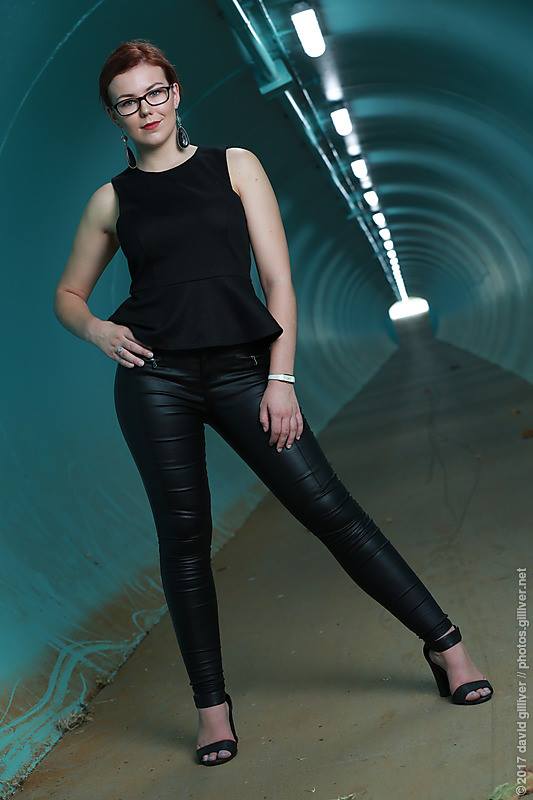
If you’ve found the above rant useful, you may like to sign up to one of my regular outdoor lighting workshops that I run in the Melbourne CBD. I run those through my meetup.com group Melbourne Photography Education.
